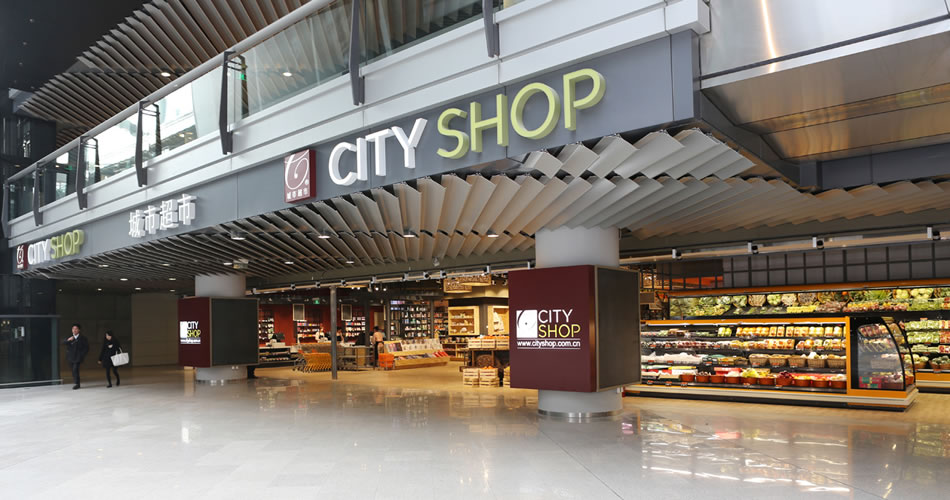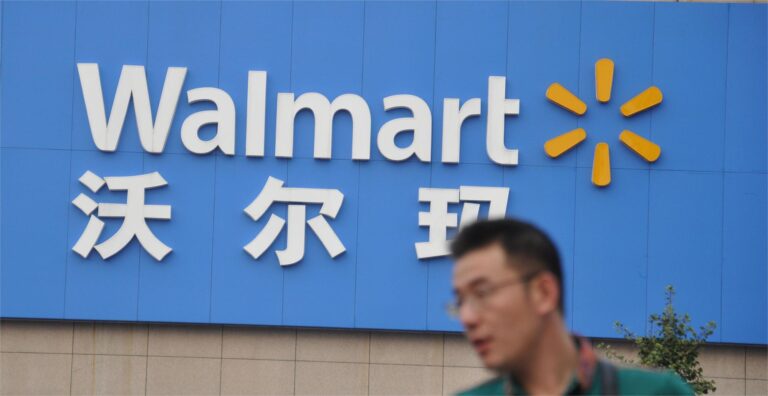How does Supermarkets and Hypermarkets in China Survive in the Digital Era?
Since Alibaba’s sales miracles and rapid expansion, all the market players tend to be associated with The Internet in a digital era, including supermarkets. Only when supermarkets and hypermarkets come up with adapted business pattern can they survive in the fierce competition in the digital era. “Online to Offline” is the unstoppable trend.
Current Situation of the Supermarket Industry in China
The retail sales moderate for the supermarket industry in China. Both the moderate total sales revenue and increasing stores’ closure reveal supermarkets’ hardships in China. On one hand, rarely has a Supermarkets achieved increases in both revenue and profits. Total sales revenues for Supermarkets and Hypermarkets amounted to 473.4 billion RMB and 288.9 billion RMB in 2013, respectively. Specifically, Wu Mart’s revenue in first half 2015 increased 12% to 11.7 billion RMB, while its net profit declined 19% to 0.25 billion RMB. Another example is Gaoxin Retail. Its revenue in first half 2015 increased 5.6% while its net profit declined 13.7%. Various causes led to the situation, such as slow economic growth, weak consumer sentiment and fierce competition from online peers. On the other hand, supermarkets and hypermarkets have to close unprofitable stores to maintain the operations. According to estimates, as many as 178 supermarkets and hypermarkets closed in 2014. Most of them were closed for weak profits, poor management, and high lease expires.
High labor cost and severe competition hinder supermarkets’ and hypermarkets’ progress in China. One core problem for supermarkets’ slow progress is high labor costs. According to the survey, labor costs account for more than half of the whole operating costs. The employees in supermarkets usually bring few profits during the whole day due to low efficiency.The specific figure is that labor expenditures account 55.9% of total cost in 2013. In the meantime, severe competition at home and abroad continues to snowball. Although domestic supermarkets have been the dominant force, foreign ones struggle to stand firm in China. Besides, the ways of expansion are different in domestic and foreign supermarkets. The domestic ones prefer region-based expansion. In contrast, foreign ones adopt the nation-based expansion. The difference determines their different “strategic focus” in China.

Future Trend of the Supermarket Industry in China
Smaller stores are preferred and fresh food is added. With consumers’ changing expectation of convenience stores, a large number of companies have considered smaller households and single people as targeted consumers. For them, smaller and more accessible stores are more suitable for them. Also, some hypermarkets’ retail sale and revenue’s drop are due to over-expansion, so the conversion to smaller stores can help solve the problem of wasted space. In terms of fresh food, supermarkets, and hypermarkets add it to meet consumers’ increasing demand. Besides, some e-tailers, such as Taobao, Tmall, and SF Express are also posting the challenges to supermarkets by offering fresh food service to consumers. Thus, supermarkets and hypermarkets “fight against” them by connecting to some local farms that can provide cheap vegetables and meat more quickly and more efficiently.
Greater investment in private labels is implemented to attract consumers. Compared to the United States, China has great potential in making use of private labels. According to Kantar Retail, only 16% of consumers in China buy private label products regularly, while the figure in the United States is 40%. Thus, supermarkets in China can develop private labels actively to reach the goal of increasing profits and bolster consumers’ loyalty.
O2O mode is the trend, both for domestic and foreign supermarkets. With consumers’ higher demand for a satisfactory shopping experience, more people prefer online shopping without spending time going to the Supermarkets and carrying the goods themselves. Thus “online to offline”(O2O) is the prime trend. For example, Yonghui cooperated with Jingdong to initiate a more efficient and effective shopping process, realizing the combination of retailing services and logistic distributions. For the foreign supermarkets, Wal-Mart, Carrefour, and Metro launched its own O2O services in first half of 2015. For instance, Carrefour launched “24-hour service” and promised the delivery within 24 hours to attract the consumers. Besides, some foreign supermarkets choose to sell goods on “Haitao” (In Chinese: 海涛), a “business to consumer”(B2C) platform. They can be clear about consumers’ shopping habits and preferences without paying many taxes in this way.
In summary, O2O trend is unstoppable in the Chinese market. The competition from online sellers poses challenges and pressure for supermarkets and hypermarkets and pushes them to advance and adapt to the digital era. Supermarkets and hypermarkets have to ameliorate their business model, launch new services and decrease the redundant cost to survive.
Contact us at dx@daxueconsulting.com to know more about the Supermarket Industry in China.




